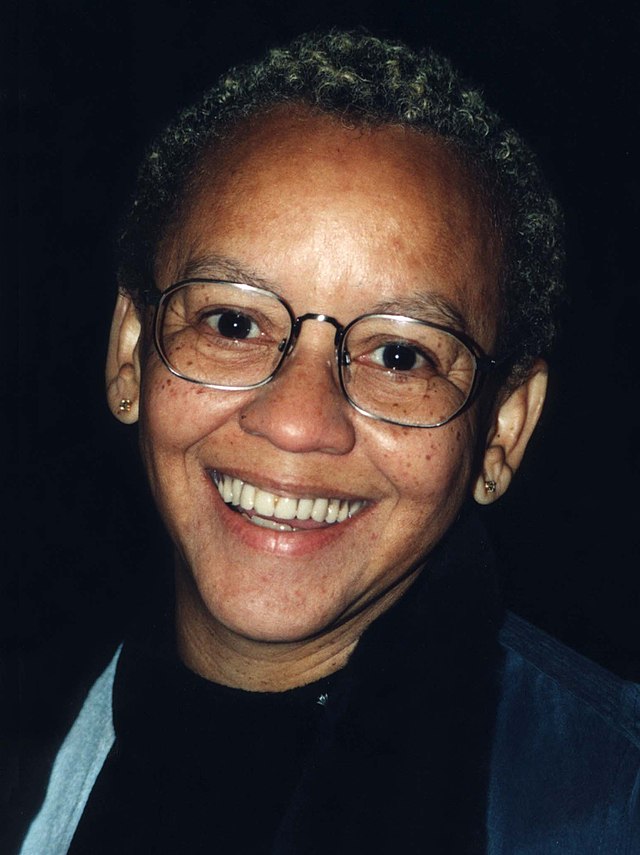
Rap 2
Soon known as "rappin'" to African Americans, a communication style that was nurtured in the context of the Black Nationalist movement via its artistic by-product known as the Black Arts Movement (BAM). Following the assassination of Black Nationalist leader Malcolm X in 1965, Amiri Baraka (formerly known as Leroi Jones) summoned Black artists to address the issues that most concerned the African American community, thus making their art community-based and functional. BAM reinforced the ideology of Black Nationalism, emphasizing self-pride and self-definition. It also encouraged affiliation with African heritage and tradition, as seen in Kwanzaa (the annual seven-day celebration of the African American inheritance), natural hairdos, African dashikis, and Ki-Swahili names to replace anglicized ones. BAM poets exploited a rappin' style that used metaphor, word alliteration, repetition, breath cadences, heightened speech, intoned speech with occasional employment of expletives, and Black vernacular street speech-all set to the accompaniment of African percussion or repetitive grooves. This new breed of poets honed their craft at local/neighborhood meeting places or writers' workshops such as the Watts Writers Workshop of Watts in Los Angeles or the Umbra Writers of Greenwich Village in New York City.

Nikki Giovanni's "Pretty Little Baby"
Concurrently, in the late 1960s, soul singer Isaac Hayes introduced the rappin' style in the song " By the Time I Get To Phoenix " from his debut LP Hot Buttered Soul (1969). The rappin' style consists of speaking loosely over a repetitive musical vamp with occasional use of rhyme. Hayes's approach inspired a legion of soul music and disco artists, including Millie Jackson and Barry White, and funk musician George Clinton, the mastermind of the Parliament-Funkadelic collectives.







